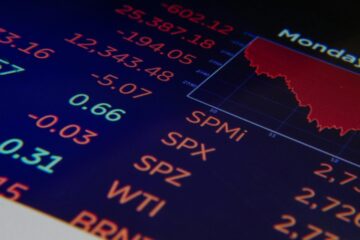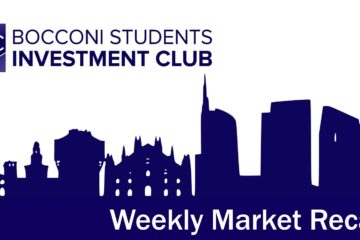IPhone 6 officially hit Apple Stores this weekend in 9 key markets; it was very welcomed with 4 million preorders (double those of iPhone 5) and tremendously long lines of fans: outside Apple flagship store of 5th Avenue people flocked in a line 12 blocks long.
The new model of the iPhone does not come as a game changer, it just embodies incremental improvements: a bigger screen, more battery life, a better camera etc. Reviews from different tech blogs praised the iPhone 6 model unanimously, but some critiques emerged in the reviews of the Plus version for its dimensions, considered too big.
What we consider really awkward and a complete shift from the Apple user-friendly philosophy is the so-called reachability function. Touching twice the home button will scroll down the apps in the higher grids, making them reachable to a one-hand user. The whole thing just feels wrong. It feels like admitting the phone is too big to be used only with one hand.
Another dark side of the new model is availability: not only the new model will not be sold immediately in a key market like China, but more importantly the newest payment feature – and probably the only innovation – Apple Pay will only be available in the US, with no clear indication of an imminent implementation in the UK, Europe and the rest of the world. Europe and UK would actually be a lot more prepared to Apple Pay, with millions of contactless readers already scattered around businesses.
With Apple Pay, Cupertino intends to reinvent the payment business, considered “antiquate” by Tim Cook. Apple was able to strike fees as high as $15 cents every $100 worth of purchases, this amount is higher than what other companies, including Google were able to negotiate with credit cards companies. Analysts fancy the idea of the new technology reshaping the contactless payment, but are aware that the whole business, if successful, will add only few cents to the EPS. Research analysts at Jefferies note that the new payment platform is to be considered a driver for iPhone sales (but still, not in Europe).
On a positive note, iPhone 4s and 5 users in the US are nowadays exiting the 2-year contracts signed back in 2011 and 2012 and, given the well-known customer retention rate of Apple, they represent a large pool of potential domestic iPhone 6 buyers. Additionally, a strategic move that went unnoticed is the unavailability of the 32GB iPhone 6 and 6 plus model. The super popular 16 GB model starts to become obsolete with the new operating systems that require more and more storage. We expect the 64 GB model to replace the 16 one as the most popular iPhone 6, lifting the Average Selling Price for Apple.
No Hype for IOs 8
What was really missing this year was enthusiasm for the latest version of the Operating System. At the Keynote Apple introduced IOs 8, which does not come as a major revamp like IOs 7, but again, it provides incremental improvements like interactive notifications, voice messages and a predictive keyboard. The reaction from customers was unusually cold, with the rate of adoption 48 hours from launch at half of the rate of the predecessor IOs 7 (Image Below). Many fans complained that to update the phone, it requires 4.9 GB of free storage (though using only 1 GB actually). This undoubtedly an impact on the adoption rate.
Apple Watch
The new smartwatch will be available only next January and we believe it is still too early to assess its impact on the market. Analysts forecast 10+ million device sales in 2015. We believe it is still premature to study the impact on the stock.
To Sum up Apple needs to be watched very closely in the coming weeks: a number of data including first-weekend iPhone Sales, customers’ reviews and the introduction of a new iPad will help to discover if the Cupertino-based company has it right once again.
AAPL Stock
When it comes to the stock, AAPL soared following earnings report in May and went all the way up to new historical highs. A mixture of low P/E, large buy-back program, and expectations for new products were the key drivers for the uptrend.
Today, at $100 a share the stock does not come too cheap, trading at 16.3 trailing P/E, with reduced possibilities for extra buy-backs and zero expectations for new products, an investor would be buying a Value company with solid cash-flows at a fair price.
A high dividend yield, a robust buy-back program and excitement for new products was at the base of our buy recommendation in the past, today it has all come true, but we do not expect AAPL to outperform the sector in a one year horizon.
Source: Google Finance
PS: Carl Icahn initial bet of around $1 Billion reported in August 2013 has paid him back a stunning 47%, or roughly $ 476,000,000.
[edmc id=1867]Download as PDF[/edmc]




0 Comments